Table of Contents
- Introduction to Chili Powder
- What Is Chili Powder?
- Understanding Chili Powder Ingredients
- How to Read Labels for Chili Powder
- Choosing the Right Chili Powder for You
- Cooking with Chili Powder: Tips and Tricks
- Buying Guide: What to Look For
- Frequently Asked Questions About Chili Powder Ingredients
- Conclusion
Introduction to Chili Powder
Chili powder typically contains a blend of ground dried chilies (such as ancho, cayenne, or chipotle), cumin, garlic powder, onion powder, and sometimes salt or other spices. The exact ingredients vary by brand and regional style. While chili powder is one of the most versatile spices in any kitchen—adding heat and flavor to tacos, chili, salsa, and more—understanding its ingredients helps you make smarter cooking choices.

What Is Chili Powder?
Chili powder is a blend of ground dried chilies mixed with other spices like cumin, garlic powder, onion powder, and sometimes salt. It's not a single spice but a carefully crafted mixture where the composition varies widely by brand and region. Some blends are mild, while others are intensely hot. Knowing the specific ingredients ensures you select the right flavor profile for your dish.
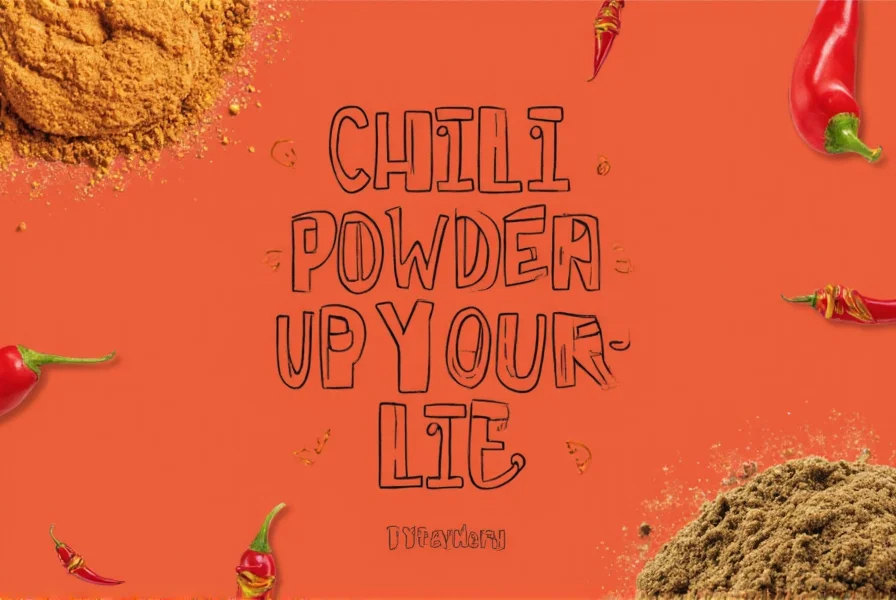
Understanding Chili Powder Ingredients
When examining chili powder, the ingredients list reveals its composition. Here's what you'll commonly find:
- Dried Chilies: The foundation of any quality blend. Common varieties include ancho (mild, fruity), chipotle (smoky), guajillo (tangy), and cayenne (fiery).
- Cumin: Adds earthy depth and balances heat.
- Garlic Powder: Provides savory umami notes.
- Onion Powder: Contributes sweet and pungent undertones.
- Salt: Enhances overall flavor and heat perception.
- Other Spices: May include paprika (sweetness), oregano (herbal notes), or even sugar (to mellow heat).
Regional variations matter significantly. Mexican-style blends emphasize cumin and dried chilies, while Indian-inspired versions often feature turmeric or coriander. Always check the label to understand the specific ingredients in your blend.

How to Read Labels for Chili Powder
Reading labels is essential for selecting the right chili powder. Here's how to decode them:
- Ingredients List Order: Ingredients are listed by quantity. Chilies near the top indicate a higher proportion in the blend.
- Heat Level: Labels may specify Scoville Heat Units (SHU) or use terms like "mild," "medium," or "hot."
- Allergens: Check for wheat, dairy, or other common allergens, especially for sensitive diets.
- Origin Information: Region-specific chilies (e.g., New Mexico chilies) influence flavor and heat characteristics.
Understanding the ingredients list helps you choose a blend that matches your recipe's flavor profile and heat requirements.
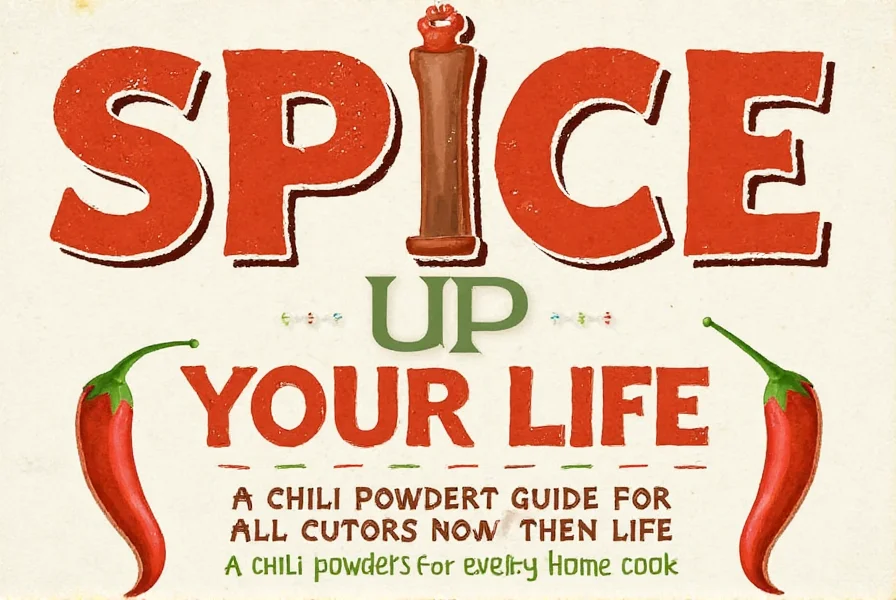
Choosing the Right Chili Powder for You
With numerous options available, selecting the best chili powder requires considering your cooking needs:
- Beginners: Start with a mild, all-purpose blend that balances heat and flavor complexity.
- Flavor Enthusiasts: Experiment with regional varieties like Mexican, Indian, or Southwestern styles for distinct taste profiles.
- Regional Cuisine: Match chili powders to authentic dishes—Mexican recipes benefit from cumin-forward blends, while Indian curries often use turmeric-infused varieties.
Each blend's ingredient composition directly impacts your dish's final flavor, so choose based on your specific culinary goals.
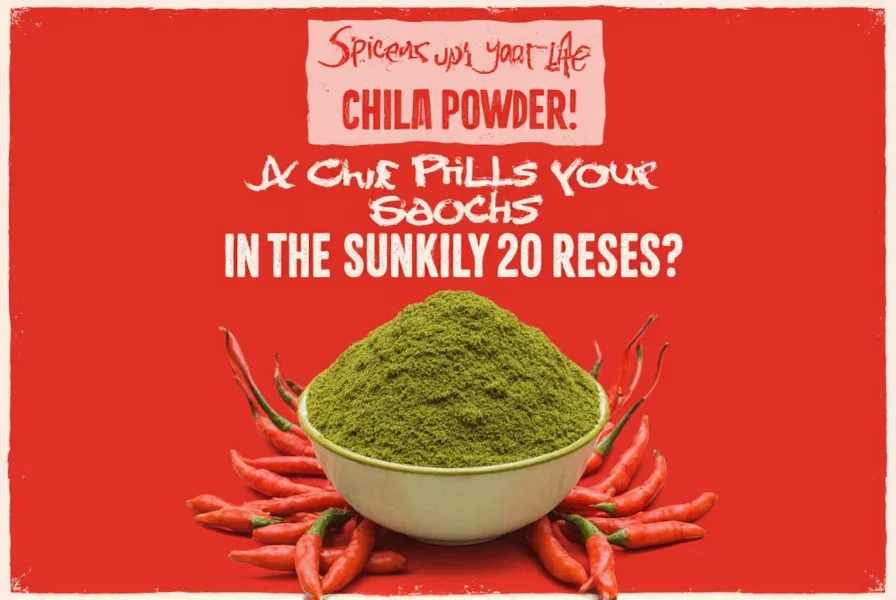
Cooking with Chili Powder: Tips and Tricks
Maximize your chili powder's potential with these expert techniques:
- Start Small: Add gradually and taste as you go—chili powder's heat is difficult to reduce once added.
- Pair Strategically: Combine with complementary spices like smoked paprika, cumin, or coriander for layered flavor.
- Use in Marinades: Mix with olive oil, citrus juice, and garlic for tender, flavorful meat or vegetable marinades.
- Enhance Sauces: A pinch in tomato-based sauces or salsas adds depth without overwhelming heat.
Understanding the specific ingredients in your chili powder helps you control heat levels and create balanced dishes.
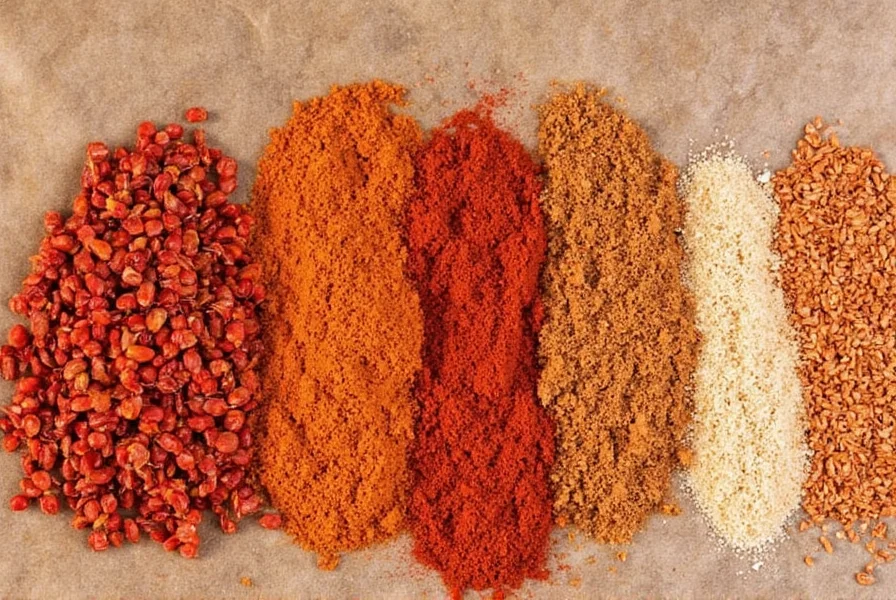
Buying Guide: What to Look For
When purchasing chili powder, prioritize ingredient quality and transparency:
| Product Type | Key Ingredients | Best For | What to Check |
|---|---|---|---|
| Classic All-Purpose | Ancho, cumin, garlic powder | Everyday cooking | Chilies listed first; no artificial additives |
| Smoky Chipotle | Smoked chipotle, cumin, paprika | Barbecue, grilled meats | "Smoked" designation; no fillers |
| Organic Mild | Organic ancho, no salt added | Health-conscious cooking | Certified organic label; minimal ingredients |
Always verify the ingredient list for transparency. Quality chili powders list specific chilies and spices—not vague terms like "spice blend."
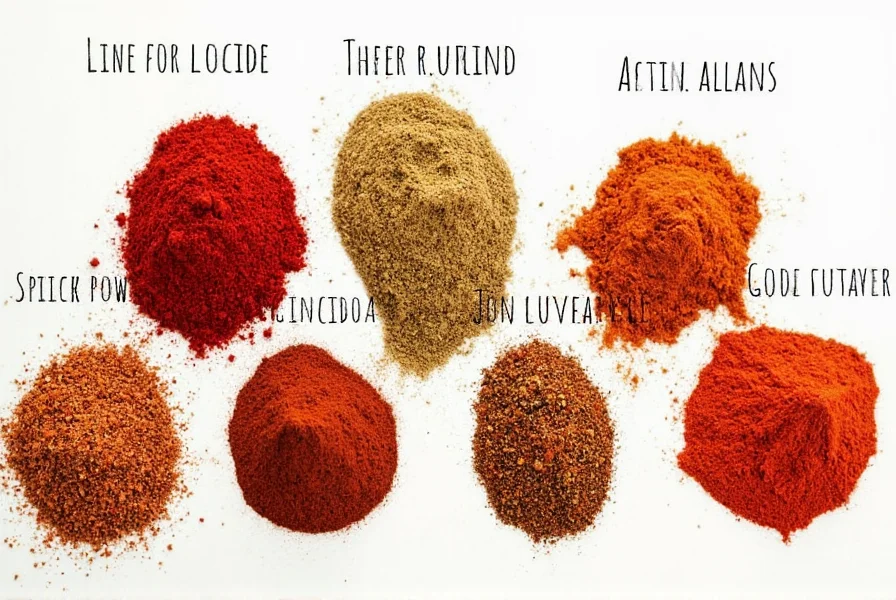
Frequently Asked Questions About Chili Powder Ingredients
What exactly is in chili powder?
Chili powder is typically a blend of ground dried chilies mixed with other spices. While the specific composition varies by brand and regional style, most chili powders contain a combination of dried chilies (such as ancho, chipotle, guajillo, or cayenne), cumin, garlic powder, onion powder, and sometimes salt. Some blends may also include paprika, oregano, or other spices to create a more complex flavor profile.
Does chili powder contain only chilies?
No, despite the name, most commercial chili powders are spice blends rather than pure ground chilies. Pure ground chilies are labeled as "ground chili" or "chile powder." The term "chili powder" in American cuisine refers to a prepared seasoning blend containing multiple spices alongside the chilies.
What's the difference between chili powder and cayenne pepper?
Cayenne pepper is made solely from ground cayenne chilies and is significantly hotter than standard chili powder. Chili powder combines multiple chilies and spices for balanced heat and flavor complexity, while cayenne is used primarily for pure heat.
How can I tell if my chili powder has additives?
Check the ingredients label. Quality chili powder lists specific chilies and spices. Avoid products with "spice blend," "natural flavors," "silicon dioxide," or "maltodextrin"—these indicate additives. The fewer ingredients listed with recognizable names, the purer the product.
Is all chili powder the same?
No, chili powder varies significantly by brand, region, and intended use. Mexican-style blends emphasize cumin and dried chilies, while Indian varieties often include turmeric or coriander. Heat levels and flavor profiles differ widely, so always check the ingredient list for specifics.
What are the most common chilies used in chili powder?
The most common chilies include ancho (mild, fruity), chipotle (smoky, medium heat), guajillo (tangy, medium heat), and cayenne (very hot). Many blends combine multiple types to achieve balanced heat and complex flavor profiles.
How long does chili powder last?
Properly stored in an airtight container away from light and heat, chili powder maintains peak flavor for 6-12 months. After this period, it won't spoil but will lose potency. Test freshness by rubbing a small amount between your fingers—if the aroma is weak, replace it.
Can I make my own chili powder to control the ingredients?
Absolutely! Homemade chili powder gives complete control over ingredients. Toast dried chilies (ancho, guajillo, or New Mexico) until fragrant but not burnt, then grind them fine. Add spices like cumin or garlic powder to create custom blends. Homemade versions typically offer more vibrant flavor than store-bought options.
Conclusion
Chili powder is more than just a spice—it's a flavor enhancer that transforms cooking when you understand its ingredients. By knowing exactly what's in your blend, you can select the perfect match for your recipes and avoid unwanted additives or excessive heat.
Next time you reach for the shaker, remember: the magic lies in the details. From the type of chilies used to the balance of spices, every ingredient shapes your dish's final flavor. Happy cooking!
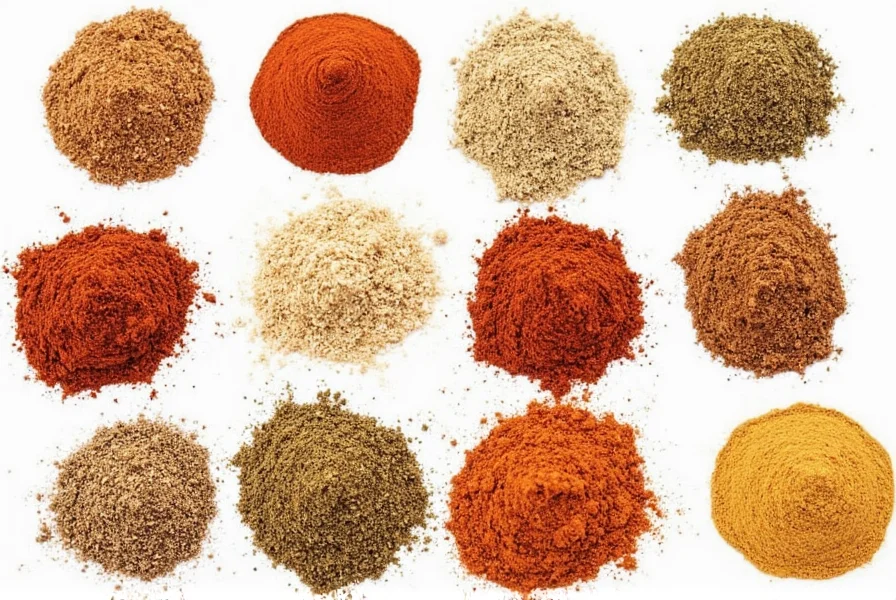

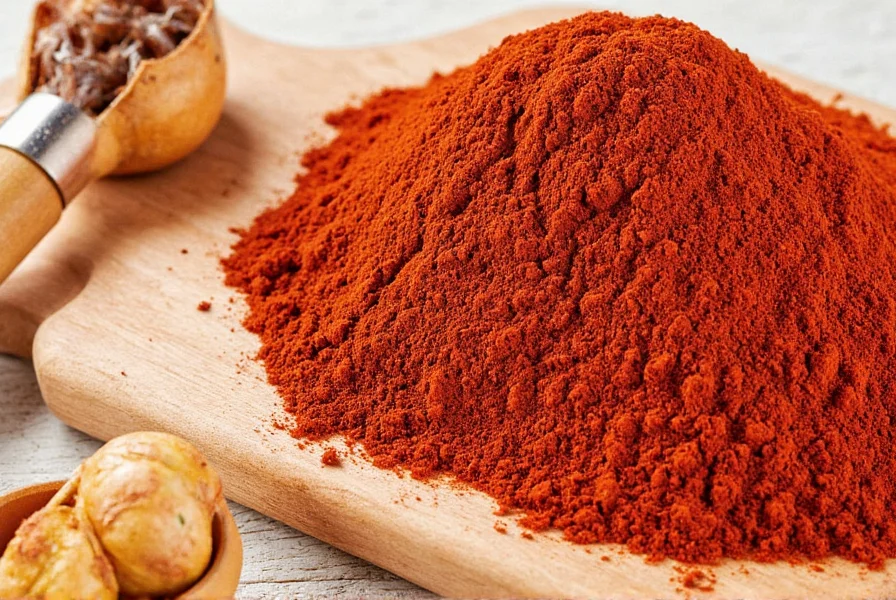









 浙公网安备
33010002000092号
浙公网安备
33010002000092号 浙B2-20120091-4
浙B2-20120091-4